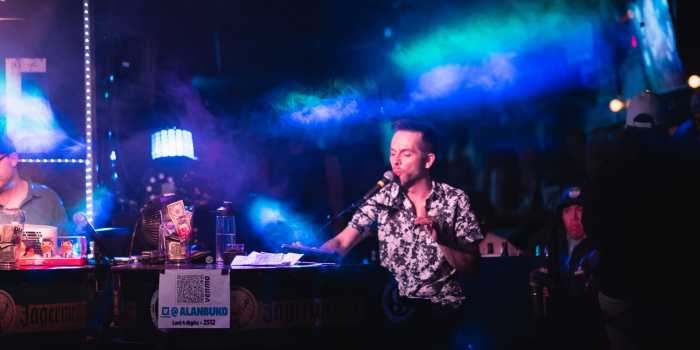Inflamed public advocacy groups are fighting a city plan to burn Sandy-toppled trees at Floyd Bennett Field, claiming it will endanger the health of area residents and send valuable profits up in smoke.
The Department of Environmental Preservation tested its idea last month when it turned chopped-up logs into wood chips and then torched the chips in metal boxes — over protests by the New York Public Interest Research Group, the Sierra Club, and the American Lung Association, which argued the fallen hardwoods would be better off sold as mulch.
“It is a terrible waste to just burn the trees that came down during the storm into ashes and smoke,” said Laura Haight, senior environmental associate with the New York Public Interest Research Group. “There is a strong market for wood chips which can be used for garden mulch and a variety of other purposes — in this way, these casualties of the storm can be given a new life.”
Haight admitted that the trees could only be turned into low grade commercial mulch, but said it was better than polluting the air with the wood chips. Visitors are already choking on smoke and fumes at the former airfield from all the diesel trucks idling there, she said.
“The problem here is they’re going for the quickest and dirtiest alternative,” Haight said. “We’re very concerned about the impact on the local communities.”
The northeast branch of the American Lung Association said the heavy smoke from burning trees will envelope Mill Basin and nearby neighborhoods of Brooklyn and Queens, exacerbating poor post-storm living conditions there.
“Many parts of our region are still cleaning up from Hurricane Sandy and are already dealing with major indoor air quality issues because of flooding, water damage, and the resulting mold growth,” said American Lung Association president and chief executive officer Jeff Seyler. “This proposal would increase air pollution which can also make people sick and send them the hospital.”
Hurricane Sandy toppled more than 8,000 trees throughout the city when it hit on Oct. 29 — twice the number that came down during Hurricane Irene, according to the New York Times. Most of the fallen trees have found new life as wood chips.
The Department of Environmental Preservation says it hasn’t decided if it will go ahead with its plan to burn the wood chips — and wouldn’t give a reason why its considering torching the trees in the first place — but an agency spokesman said tests taken at last month’s chip-charring gave the plan a clean bill of health.
“All readings were in compliance with federal standards,” said the spokesman, who would not say how many trees would be burned at Floyd Bennett Field if the city goes ahead with its plan.
Yet Haight said the city’s trial runs are flawed since they assessed air quality over the course of an entire day — not just when city officials are torching the wood chips.
That said, Community Board 18 district manager Dorothy Turano said she hadn’t heard any complaints from residents during or after the dummy runs.
“We haven’t received any complaints about smoke or odor,” she said.
Reach reporter Will Bredderman at wbredderman@cnglocal.com or by calling (718) 260-4507. Follow him at twitter.com/WillBredderman.























